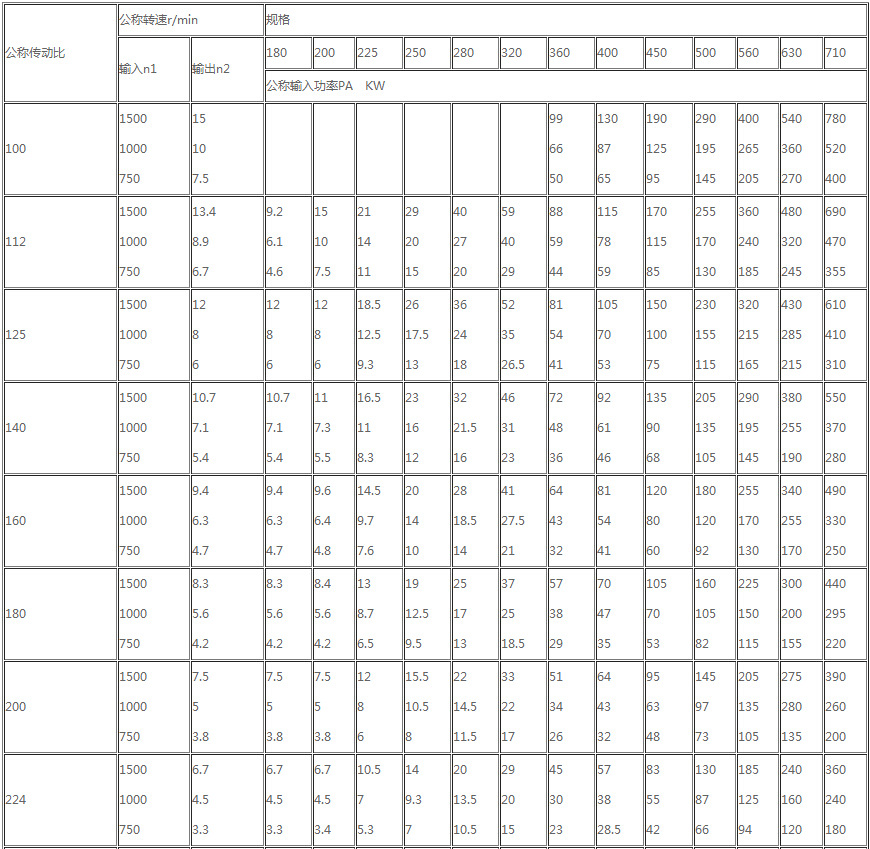


Name objects in pictures or define words presented to them. General Ability Index (GAI), based only on the six subtests that the VCI and PRI comprise.ĭescribe how two words or concepts are similar.Ībstract verbal reasoning semantic knowledge.Full Scale IQ (FSIQ), based on the total combined performance of the VCI, PRI, WMI, and PSI.Wechsler criticized the then existing Binet scale because 'it did not consider that intellectual performance could deteriorate as a person grew older.'.Wechsler believed that 'mental age norms clearly did not apply to adults.'.The 'Binet scale's emphasis on speed, with timed tasks scattered throughout the scale, tended to unduly handicap older adults.'.Wechsler argued that the Binet scale items were not valid for adult test-takers because the items were chosen specifically for use with children.Wechsler did not agree with the idea of a single score that the Binet test gave.These include things such as lack of confidence, fear of failure, attitudes, etc.). Wechsler was a very influential advocate for the concept of non-intellective factors, and he felt that the 1937 Binet scale did not do a good job of incorporating these factors into the scale (non-intellective factors are variables that contribute to the overall score in intelligence, but are not made up of intelligence-related items.A drastically revised new version of the Binet scale, released in 1937, received a great deal of criticism from David Wechsler (after whom the original Wechsler–Bellevue Intelligence scale and the modern Wechsler Adult Intelligence Scale IV are named). This theory differed greatly from the Binet scale which, in Wechsler's day, was generally considered the supreme authority with regard to intelligence testing.


 0 kommentar(er)
0 kommentar(er)
